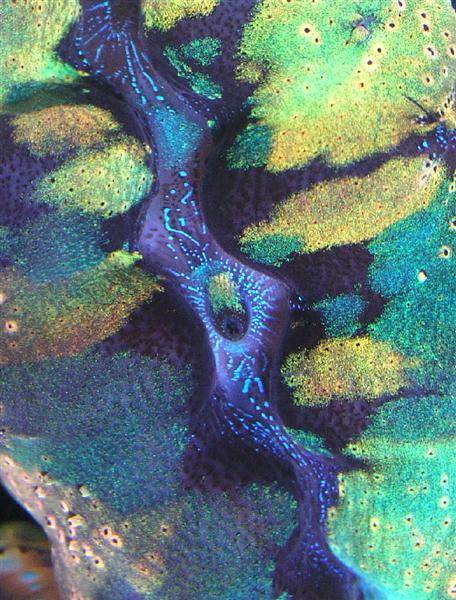Very simply a blue thing reflects blue light. To photosynthesize an organism needs to absorb light not reflect. So is blue light useless for a blue clam? And so should a clam keeper be boosting the white (red, green, and other non blue) light spectrums?
@Miami Reef your the best person I know for clams
@Miami Reef your the best person I know for clams

















